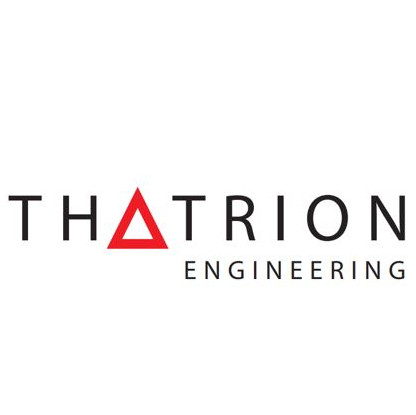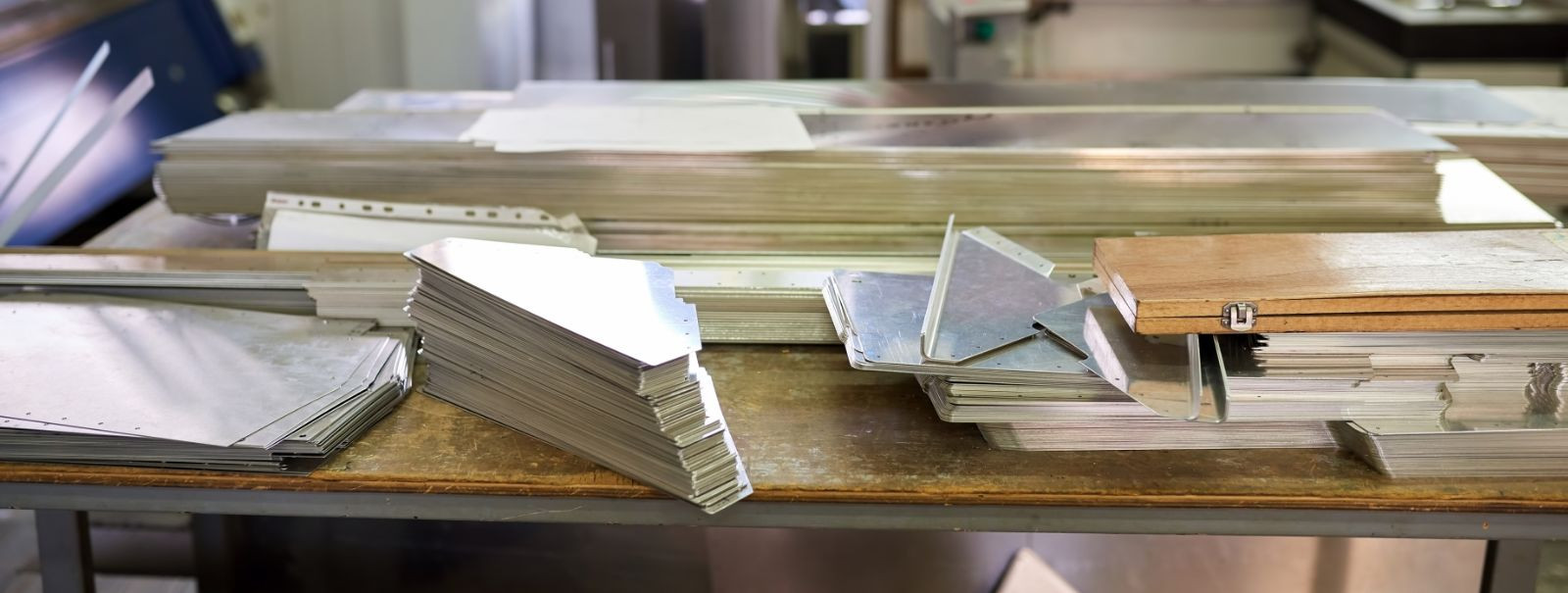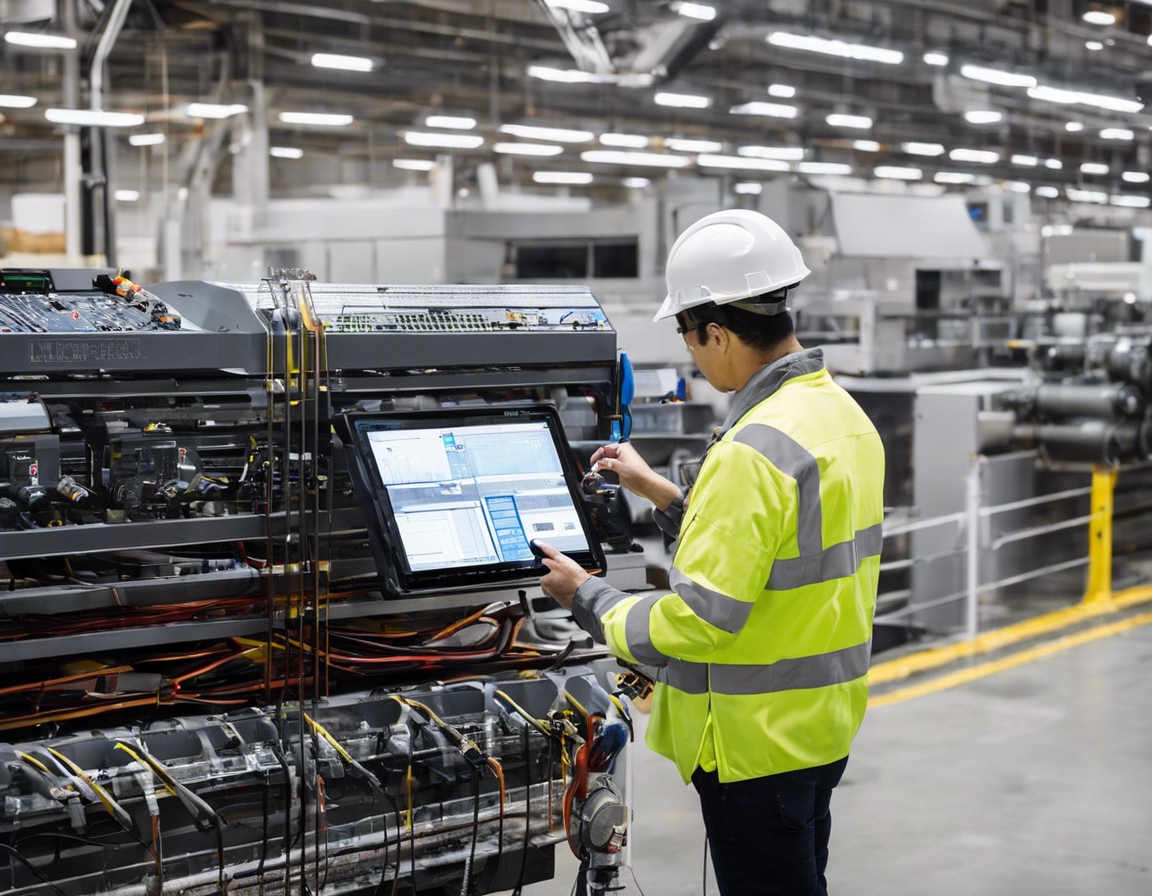The benefits of sheet metal processing in manufacturing
Sheet metal processing is a pivotal aspect of modern manufacturing, involving the transformation of flat sheets of metal into various shapes and sizes through a range of techniques. This process is integral to the production of components and structures across numerous industries, offering a blend of precision, efficiency, and versatility that is unmatched by other manufacturing methods.
Types of Sheet Metal Processing Techniques
Cutting is the initial step in sheet metal processing, where sheets are sliced into desired shapes and sizes. Techniques such as laser cutting, plasma cutting, and waterjet cutting are commonly used, each offering unique advantages in terms of precision and material compatibility.
Bending involves deforming the metal sheet to achieve a specific angle or shape. This is typically done using press brakes or roll bending machines, allowing for the creation of complex geometries essential in various applications.
Punching is a process where holes or shapes are created in the sheet metal using a punch press. This technique is highly efficient for producing repetitive patterns and is widely used in the fabrication of components like brackets and panels.
Stamping involves pressing the sheet metal into a die to form intricate designs and patterns. This method is ideal for mass production, offering high repeatability and consistency in the final products.
Welding is used to join multiple pieces of sheet metal together, forming a single, cohesive structure. Techniques such as MIG, TIG, and spot welding are employed based on the material and application requirements.
Advantages of Sheet Metal Processing
Sheet metal processing techniques are renowned for their precision, allowing manufacturers to produce components with tight tolerances and intricate details. This level of accuracy is crucial in industries where precision is paramount, such as aerospace and electronics.
The efficiency of sheet metal processing translates into cost savings for manufacturers. Techniques like stamping and punching enable high-volume production with minimal waste, reducing material costs and production time.
Sheet metal processing is highly versatile, accommodating a wide range of materials, including steel, aluminum, and copper. This flexibility allows manufacturers to tailor their processes to meet specific application needs, enhancing product functionality and performance.
Components produced through sheet metal processing are known for their durability and strength. The inherent properties of metals, combined with precise processing techniques, result in robust products capable of withstanding harsh environments and demanding applications.
Modern sheet metal processing techniques are designed for speed and efficiency, enabling rapid production cycles without compromising quality. This is particularly beneficial in industries with tight deadlines and high demand for quick turnaround times.
Applications of Sheet Metal Processing in Various Industries
In the automotive industry, sheet metal processing is used to manufacture body panels, chassis components, and other critical parts. The precision and strength of processed sheet metal ensure the safety and performance of vehicles.
The aerospace industry relies on sheet metal processing for the production of lightweight, high-strength components. The ability to produce complex shapes with tight tolerances is essential for aircraft and spacecraft manufacturing.
Sheet metal processing is crucial in the electronics and electrical industry for creating enclosures, brackets, and heat sinks. The precision and versatility of the process support the development of compact, efficient electronic devices.
In construction, sheet metal processing is used to fabricate structural components, roofing, and cladding. The durability and aesthetic appeal of processed sheet metal make it a popular choice for modern architectural designs.
Innovations and Future Trends in Sheet Metal Processing
The field of sheet metal processing is continually evolving, with innovations such as automation, advanced materials, and digital fabrication techniques driving the industry forward. These advancements promise to enhance the efficiency, precision, and sustainability of sheet metal manufacturing, opening new possibilities for industrial applications.






Comments (0)